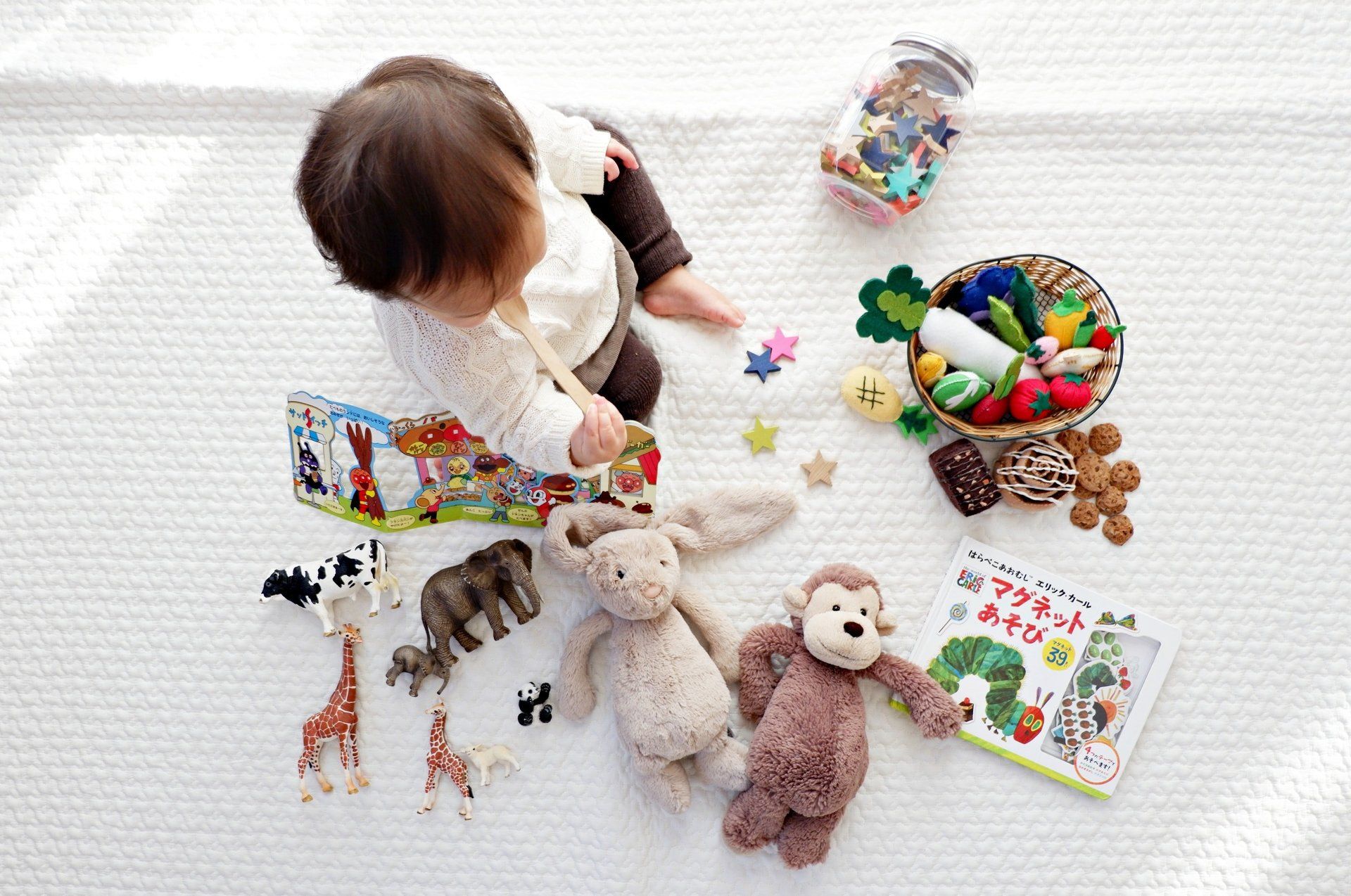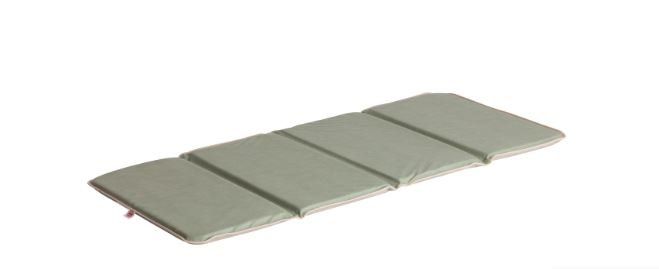Environmental Health Perspectives 2004
Blog Owner • March 2, 2004
Children exposed to phthalates had a higher incidence of being diagnosed with asthma, rhinitis, or eczema. Phthalates were measured in house dust from bedrooms and a dose-response relationship was confirmed. Phthalates are found in PVC (polyvinyl chloride) or VCT (vinyl composite tile) flooring, plastics, adhesives and many other products. Dust from bedrooms with PVC or VCT flooring was more likely to have higher concentrations of phthalates.
CG Bornehag et al. “The Association Between Asthma and Allergic Symptoms in Children and Phthalates inHouse Dust: A Nested Case-Control Study,” Environmental Health Perspectives (2004): 112:1393-1397
CG Bornehag et al. “The Association Between Asthma and Allergic Symptoms in Children and Phthalates inHouse Dust: A Nested Case-Control Study,” Environmental Health Perspectives (2004): 112:1393-1397

Comprehensive longitudinal studies are important for understanding the complex risk factors, pathways, exposures and interactions that lead to the development and persistence of asthma. We aimed to examine associations between use of household cleaning products in early life and childhood respiratory and allergic disease using data from the Canadian Healthy Infant Longitudinal Development (CHILD) Cohort Study

Fragrance affects us all. For some, it can enhance a moment, invoke a memory, or even improve a mood. As consumers, we seek it out in all kinds of products we use in our everyday lives. And for many of us, there’s a positive sensory experience associated with fragrance. But unfortunately, this may not be without consequence.

America's Children and the Environment (ACE)
America's Children and the Environment (ACE) is EPA's report presenting data on children's environmental health. ACE brings together information from a variety of sources to provide national indicators and related information on the environment and children's health.










